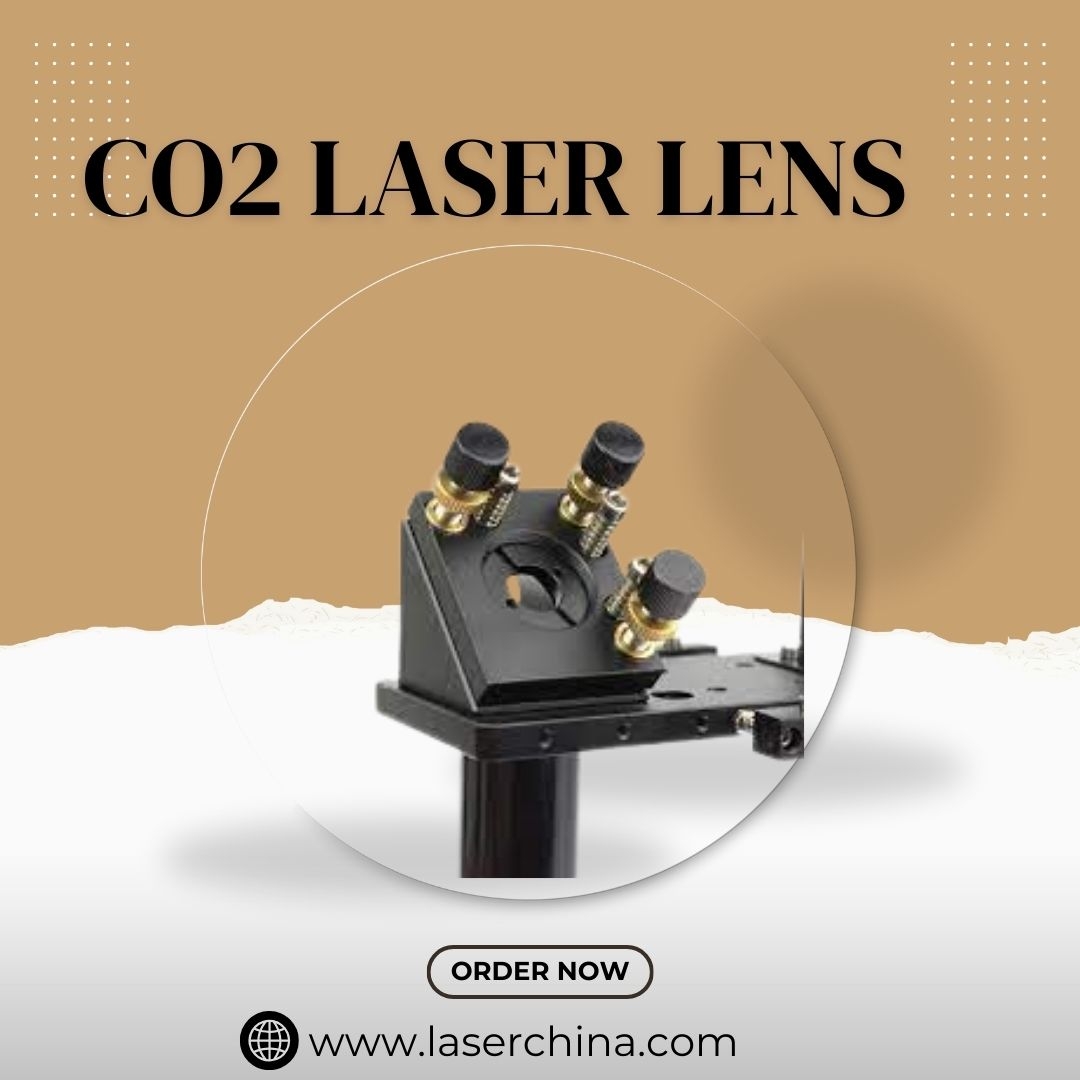CO2 laser lenses are essential components in CO2 laser systems, enabling precise focusing and manipulation of laser beams for a wide range of industrial, medical, and scientific applications. In this comprehensive guide, we'll delve into the unique characteristics, functionalities, and applications of CO2 laser lenses, shedding light on their importance in achieving accuracy and efficiency in laser processing.
Unveiling CO2 Laser Lenses: Optimizing Laser Performance
CO2 laser lenses are specialized optical components designed to focus CO2 laser beams onto target surfaces with high precision and accuracy. Unlike conventional lenses used in visible or near-infrared laser systems, CO2 laser lenses are optimized for the longer wavelengths (10.6 micrometers) emitted by CO2 lasers, ensuring maximum transmission and minimal absorption of laser energy.
The Functionality of CO2 Laser Lenses
At their core, CO2 laser lenses operate based on the principles of refraction and focusing, where incident laser beams passing through the lens experience controlled changes in direction and convergence. By carefully selecting the lens's curvature, material properties, and anti-reflective coatings, engineers can achieve precise control over the beam's divergence, focal length, and spot size, tailored to the specific requirements of CO2 laser applications.
Types of CO2 Laser Lenses
-
Zinc Selenide (ZnSe) Lenses: ZnSe lenses are the most common type of CO2 laser lenses due to their high transmission efficiency at the 10.6 micrometer wavelength. These lenses are suitable for focusing or collimating CO2 laser beams in applications such as laser cutting, engraving, welding, and marking.
-
Germanium (Ge) Lenses: Germanium lenses offer excellent transmission properties in the mid-infrared spectral range and are sometimes used as alternative materials for CO2 laser lenses. They are particularly well-suited for high-power CO2 laser systems requiring robust optical components capable of withstanding intense laser radiation.
-
Silicon (Si) Lenses: Silicon lenses have limited transmission at the 10.6 micrometer wavelength but are occasionally used in low-power CO2 laser applications where cost considerations outweigh optical performance requirements. They are also used as protective windows or beam splitters in CO2 laser systems.
Applications of CO2 Laser Lenses
-
Laser Cutting and Engraving: CO2 laser lenses are integral components in laser cutting and engraving systems, where they focus high-power CO2 laser beams onto workpiece surfaces with exceptional precision and efficiency. These lenses enable rapid and accurate material removal in applications such as metal fabrication, signage production, and woodworking.
-
Medical and Dermatological Treatments: In the medical field, CO2 laser lenses are used in surgical and dermatological procedures, including laser skin resurfacing, scar revision, and tumor ablation. These lenses deliver focused laser energy to target tissues with controlled depth penetration and minimal thermal damage, facilitating precise and safe treatments.
-
Scientific Research and Metrology: CO2 laser lenses play a vital role in scientific research laboratories and metrology facilities, supporting a wide range of applications such as spectroscopy, microscopy, and laser interferometry. Their ability to focus or collimate CO2 laser beams with high accuracy and stability contributes to advancements in physics, chemistry, and materials science.
Choosing the Right CO2 Laser Lens
When selecting a CO2 laser lens for a specific application, several factors must be considered, including:
-
Material Compatibility: Ensure that the lens material is compatible with CO2 laser wavelengths and has high transmission efficiency to minimize energy losses and maximize optical performance.
-
Focal Length and Spot Size: Choose a lens with the appropriate focal length and spot size to match the laser beam's characteristics and the requirements of the laser processing task, balancing between focusing power and depth of field.
-
Coating Options: Consider lens coatings such as anti-reflective coatings or protective coatings to enhance transmission, minimize reflections, and increase durability in harsh operating environments.
-
Optical Quality and Precision: Select a lens from a reputable manufacturer known for producing high-quality, precision-engineered lenses that meet stringent performance specifications and provide long-term reliability and stability.
Conclusion: Precision in Laser Processing with CO2 Laser Lenses
In conclusion, CO2 laser lenses are indispensable components in CO2 laser systems, enabling precise focusing and manipulation of laser beams for a wide range of industrial, medical, and scientific applications. Whether in laser cutting, medical treatments, or scientific research, the versatility and performance of CO2 laser lenses contribute to advancements in technology and innovation across various fields. Choose the right lens for your CO2 laser system and unlock the full potential of precision laser processing.


